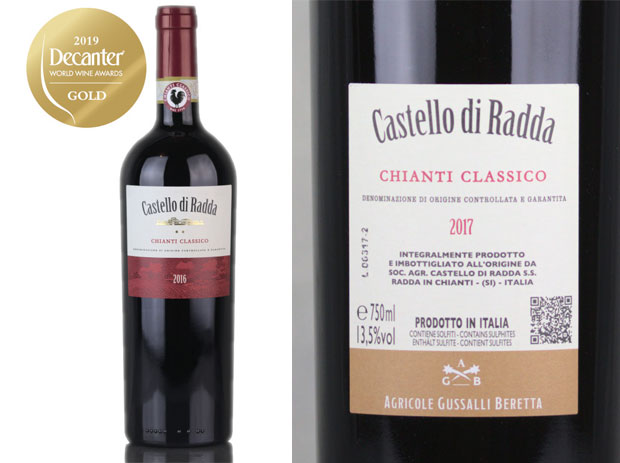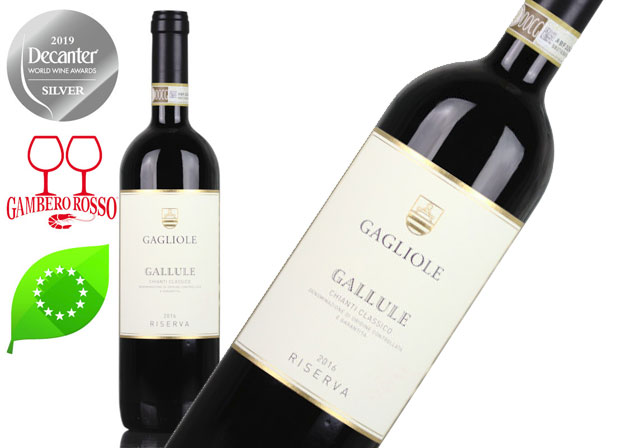A Quick Guide to Chianti and Chianti Classico Wine
A Quick Guide to Chianti and Chianti Classico Wine
If you like wine, you will have heard of Chianti which is one of Italy’s best-known red wines. It’s also one of Italy’s most misunderstood wines and that is because there are two types and people don’t always know the difference between them.
The two types are basic Chianti and the more prestigious Chianti Classico. In this post, we’ll look at what the difference is and explore the story of these Italian wines.
What is the difference between Chianti and Chianti Classico?
Both these wines are red wines made in Tuscany and mostly from the same grape called Sangiovese but that’s all they have in common.
What sets them apart are the different DOCG laws — the laws that govern how wines are made and in which regions. These two wines are both made in Tuscany but in different parts.
- Chianti DOCG
Chianti covers a bunch of wine-growing areas across Tuscany and the result is a simple and affordable red wine.
The Chianti DOCG law says that this wine needs to contains 75-100% Sangiovese, and up to 10% of another red grape, Canaiolo. Other authorised red wines like Merlot and Cabernet Sauvignon make up the other 15%. It’s also allowed to add up to 10% of the white grapes Malvasia and Trebbiano into a Chianti blend which is quite interesting.
- Chianti Classico DOCG
As a contrast, the Chianti Classico area is very small. It’s located in Tuscany’s central mountains around the villages Castellina, Gaiole, Radda, and Panzano. The red wines are very concentrated and highly sought after and therefore command premium prices too.
Look out for the Black Rooster!
To stand out and differentiate itself from the basic Chianti wines, the producers of Classico mark their bottles with the special insignia of a Black Rooster. You can usually find this logo on the neck of the bottle or sometimes on the back label. Above you can see it on the neck of this bottle of Castello di Radda 2017, Chianti Classico DOCG.
How is Chianti Classico made?
Chianti Classico is made in three different styles — Rosso, Riserva and Gran Selezione.
The Sangiovese grapes are grown in beautiful countryside vineyards and the vines are planted at high density. This stresses the vines and makes the plants compete for the water and nutrients in the soil and the result is that the grapes get a more concentrated flavour.
The grapes are always picked by hand to collect whole bunches and to separate any grapes that are damaged or not ripe enough.
After the harvesting, it’s time to make the wine. The grapes are sorted again by hand before the fermentation to ensure the high quality. It’s a labour-intensive procedure but so important for the quality of the wine.
The fermentation is usually done in either stainless steel vats or in large oak barrels, which create different styles of wine. Gagliole, who makes Gagliole Gallule 2016 Organic Chianti Classico DOCG Riserva, have a rotary fermentation process where the tank is positioned horizontally and slowly rotates around its axis. This ensures even mixing of the fermenting juices and the grape skins which extracts a deeper colour and helps complete the alcoholic fermentation faster and also helps extract soft tannins.
After the fermentation, Chianti Classico is matured in oak barrels. The amount of time depends on the chosen style of one of the three types — Rosso, Riserva, or Gran Selezione.
How to find the perfect Chianti Classico
When shopping for Chianti Classico wines, always look for independent checks. Read reviews and ratings from well-respected independent wine experts and look out for wines that have won a Decanter Gold, Silver or Bronze medal or wines that have been included by Gambero Rosso into their Bible of Italian Wines.
Now you know a bit more about different Chianti wines and how to spot a good quality Chianti Classico!
Collaborative Article.









